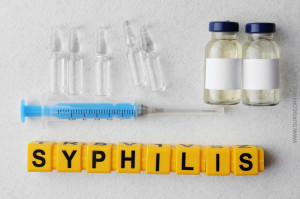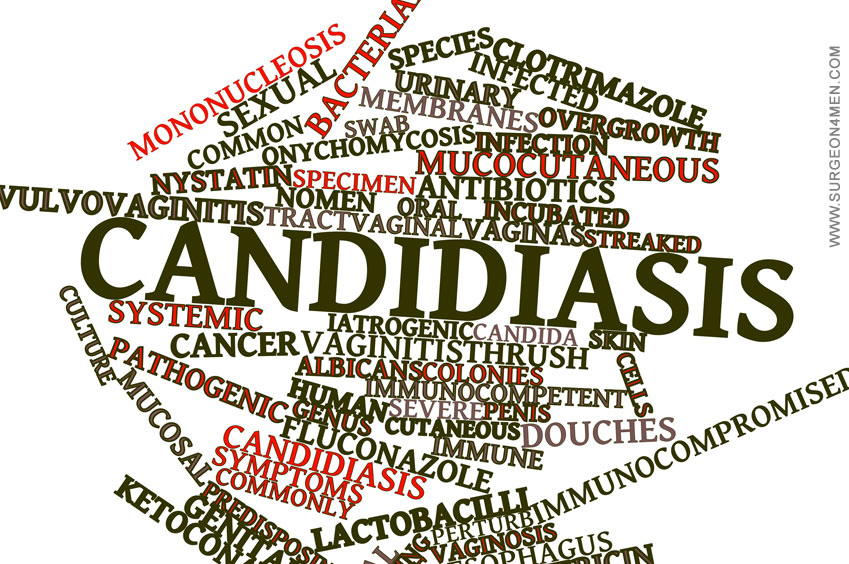What is Candidiasis?
Candidiasis is a type of fungal infection that is typically caused by yeasts which belong to the family Candida. There are more than 20 different types of Candida yeasts that are known to cause infections in human beings but the most common is Candida albicans. The candida yeast normally thrives on human skin. However, overgrowth of these fungi can cause symptoms of an infection. The symptoms of candidiasis vary depending on the body part that has been infected.
Candidiasis infection is often observed in areas that are warm and moist, for instance armpits and groin. Diaper rashes in infants are also caused by the candida yeast. Candidiasis is common in obese people and diabetics.
Types of Candidiasis Infections
There are three types of candidiasis infections:
Thrush:
 Thrush candidiasis is also known as oropharyngeal or esophageal candidiasis. This type of infection is found in the throat and the mouth. This infection is characterized by the presence of white, curd-like patches in the mouth. Thrush normally happens when the environment inside the mouth and the throat becomes unbalanced resulting in the multiplication of Candida yeast. Other symptoms associated with thrush include soreness and redness in the affected area. The infected person faces difficulty in swallowing and cracks can appear at the corners of the mouth. Thrush is diagnosed by a healthcare provider by observing the scraping of the affected area under a microscope. An antifungal medication is normally prescribed for treating oral candidiasis. At times, topical treatments involving the use of clotrimazole and nystatin are also prescribed.
Thrush candidiasis is also known as oropharyngeal or esophageal candidiasis. This type of infection is found in the throat and the mouth. This infection is characterized by the presence of white, curd-like patches in the mouth. Thrush normally happens when the environment inside the mouth and the throat becomes unbalanced resulting in the multiplication of Candida yeast. Other symptoms associated with thrush include soreness and redness in the affected area. The infected person faces difficulty in swallowing and cracks can appear at the corners of the mouth. Thrush is diagnosed by a healthcare provider by observing the scraping of the affected area under a microscope. An antifungal medication is normally prescribed for treating oral candidiasis. At times, topical treatments involving the use of clotrimazole and nystatin are also prescribed.
Vaginal Candidiasis:
Vaginal candidiasis is also known as genital or vulvovaginal candidiasis. This kind of candidiasis is characterized by an overgrowth of candida yeast in the vaginal area. This infection typically happens when the normal acidity of the vaginal area is disturbed. Vaginal candidiasis can cause genital burning and itching sensation and results in a cheese-like vaginal discharge. Men suffering from genital candidiasis often experience an itchy rash on the penis. Since the symptoms of genital candidiasis are quite similar to other genital infections, it is difficult to diagnose the infection by physical examination. The healthcare provider might observe vaginal secretions under a microscope to confirm the presence of candida yeast. Genital candidiasis can be treated by using antifungal Various over-the-counter medications are also available for vaginal candidiasis. However, overuse of these medications can make the candida yeast resistant to treatment. If left untreated, the symptoms can persist and might even pass over to a sex partner.
 Invasive Candidiasis:
Invasive Candidiasis:
This form of candidiasis occurs when the candida yeast enters the blood stream. Once the infection enters the blood, it can further spread to other body parts. Invasive candidiasis is often characterized by fever and chills that do not go away even after completing a course of antibiotics. The symptoms may vary depending upon the organ that can has been infected. At times, the infection might not even respond to medication thereby putting at risk the normal functioning of the infected person’s organs. Invasive candidiasis is diagnosed by blood culture. The treatment for invasive candidiasis involves the use of oral and intravenous anti fungal medications.
References:
- “Epidemiology of Invasive Candidiasis: a Persistent Public Health Problem” by M. A. Pfaller, et al. Published in January 2007, Volume 20, Number 1 of the Clinical Microbiological Reviews, accessed on 19 May 2015. Retrieved from: http://dx.doi.org/10.1128/CMR.00029-06

